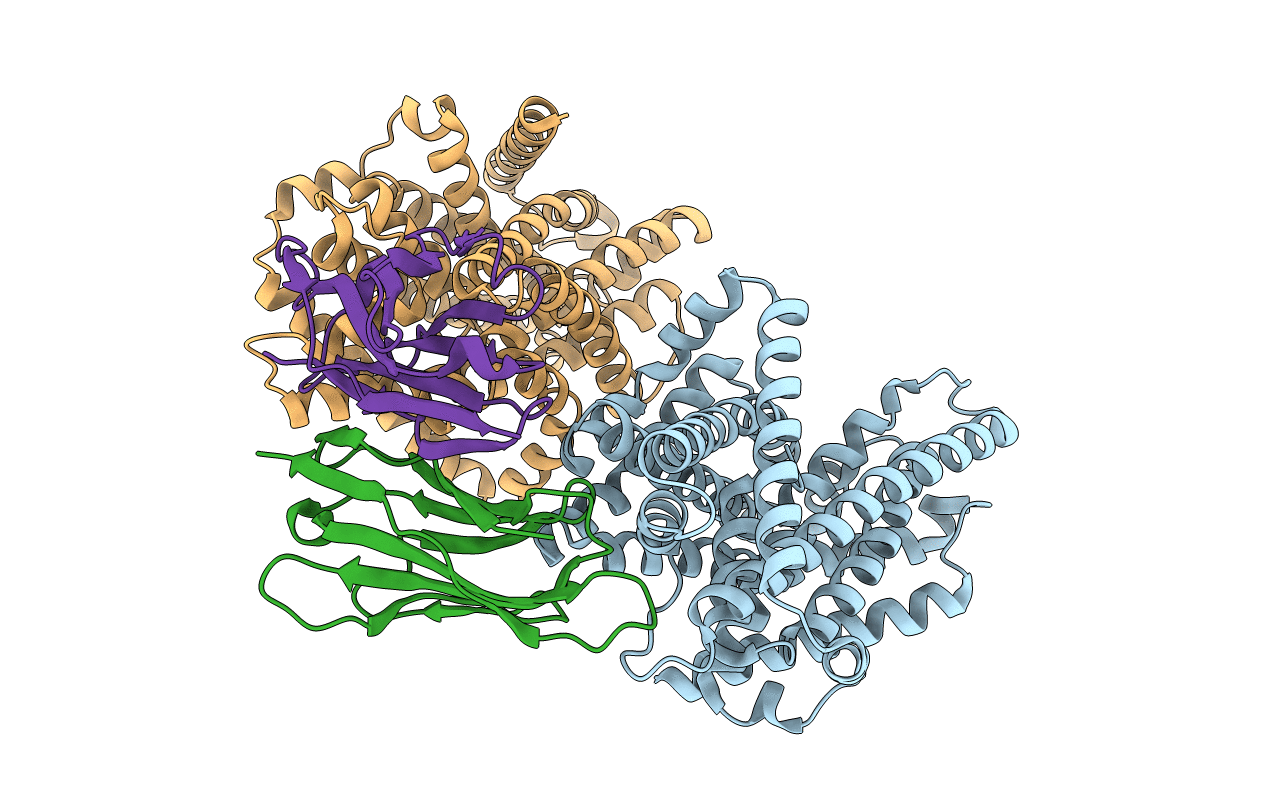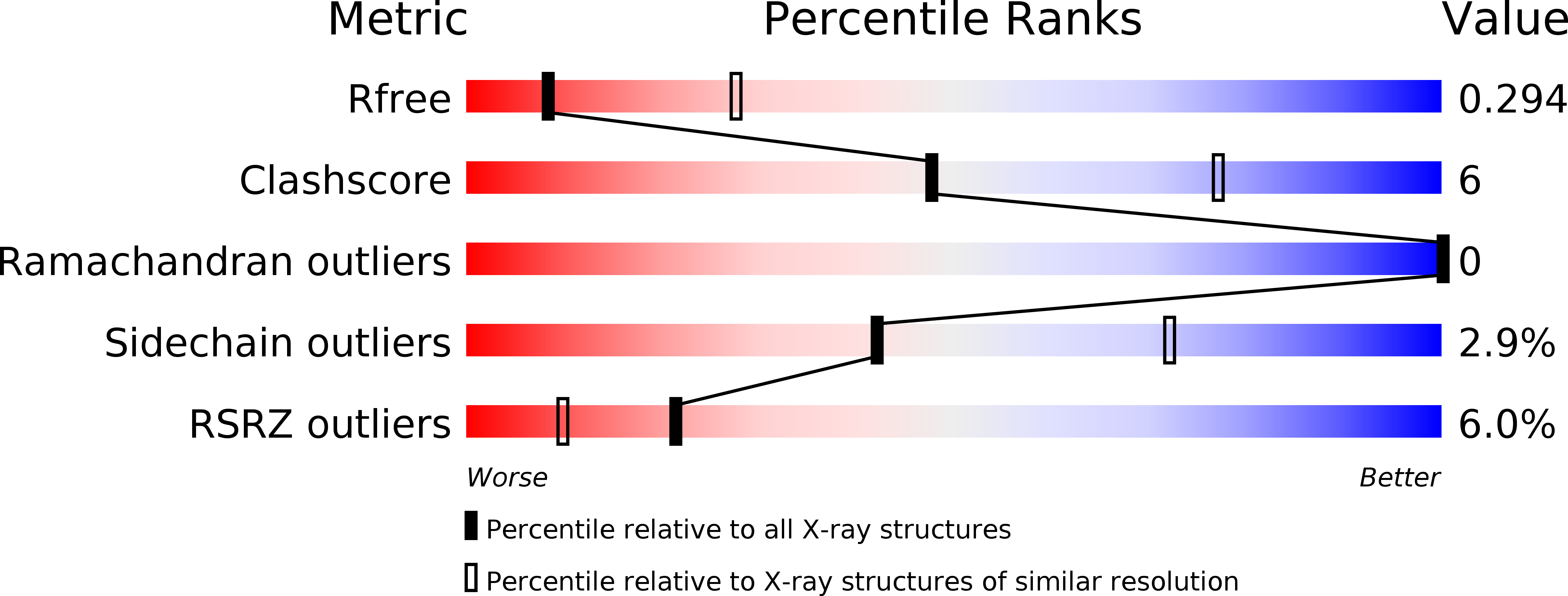
Deposition Date
2016-10-31
Release Date
2016-12-21
Last Version Date
2024-11-20
Entry Detail
PDB ID:
5M94
Keywords:
Title:
Crystal structure of Staphylococcus capitis divalent metal ion transporter (DMT) in complex with nanobody
Biological Source:
Source Organism:
Staphylococcus capitis (Taxon ID: 29388)
Lama glama (Taxon ID: 9844)
Lama glama (Taxon ID: 9844)
Host Organism:
Method Details:
Experimental Method:
Resolution:
3.10 Å
R-Value Free:
0.27
R-Value Work:
0.23
R-Value Observed:
0.23
Space Group:
P 31 2 1


